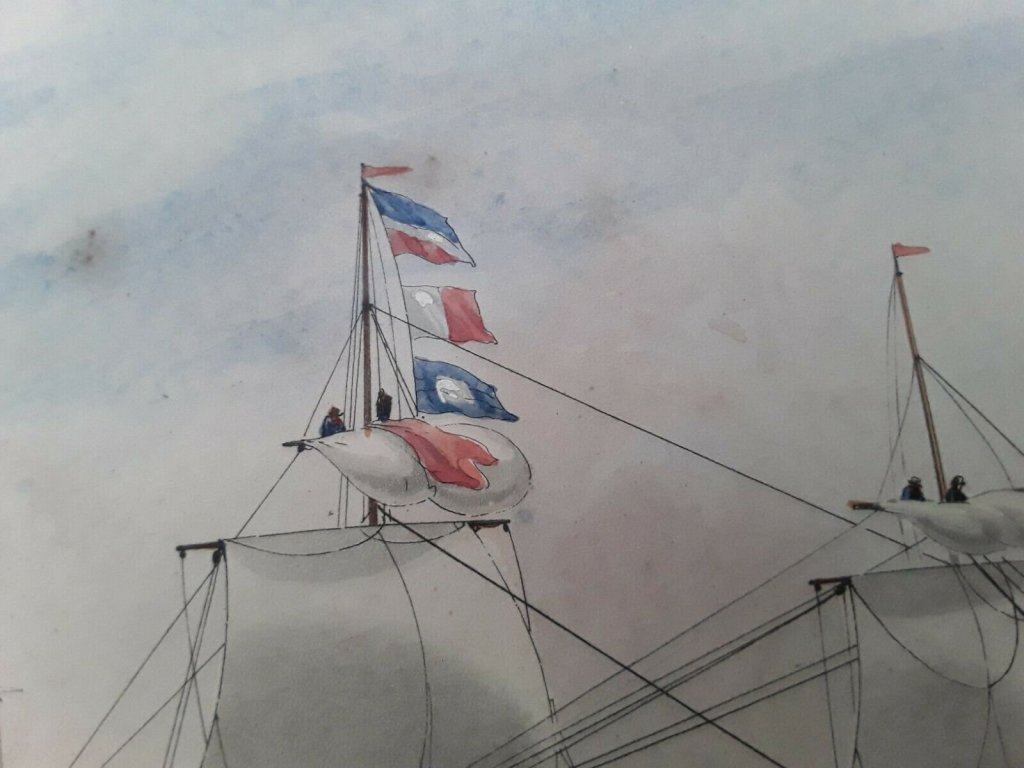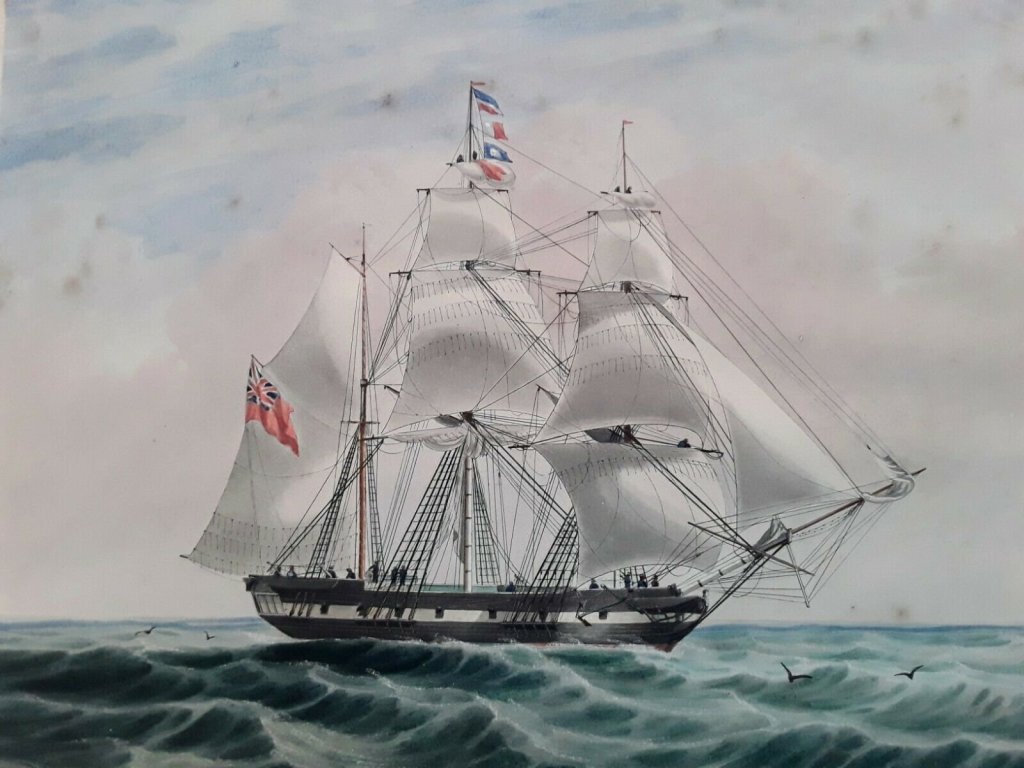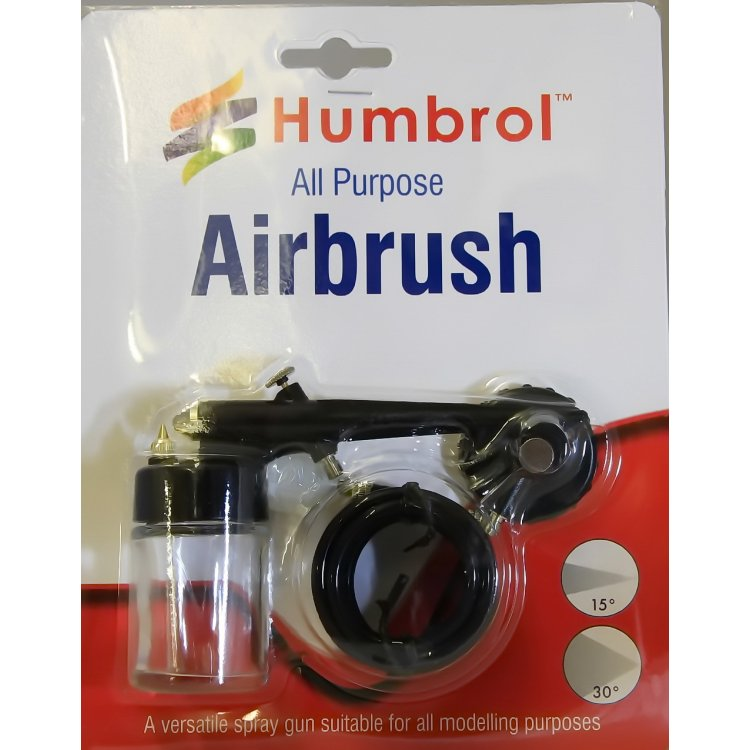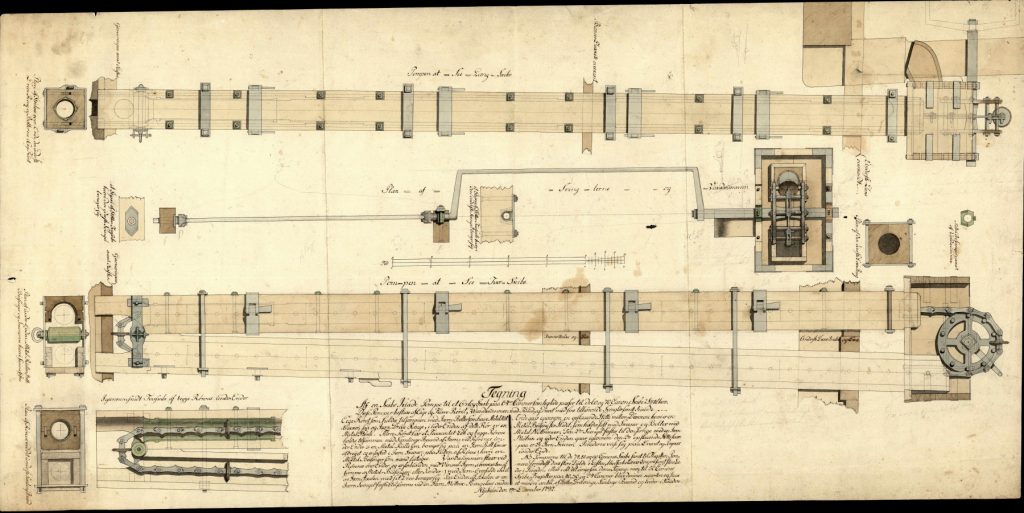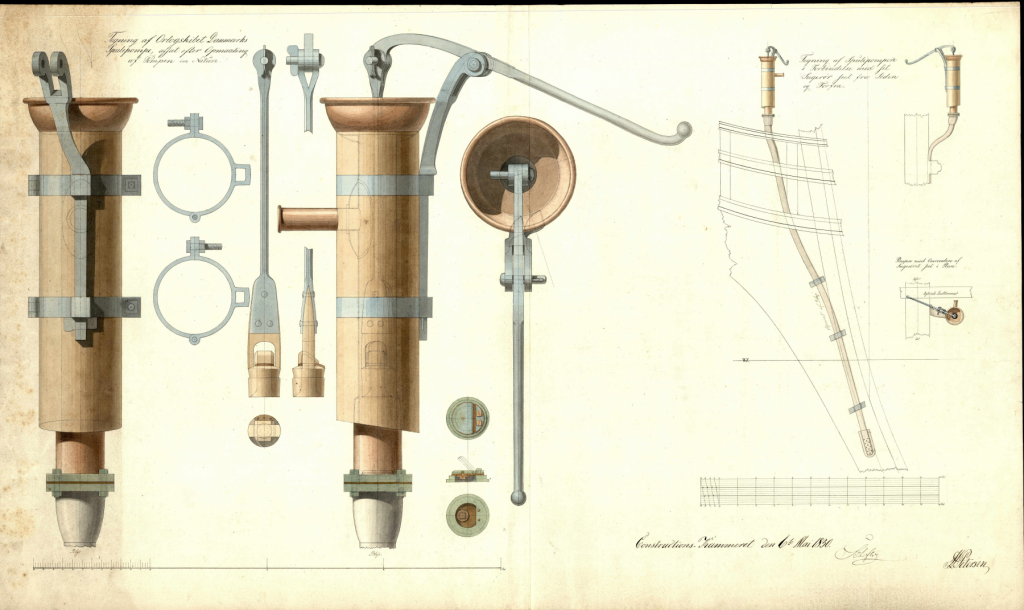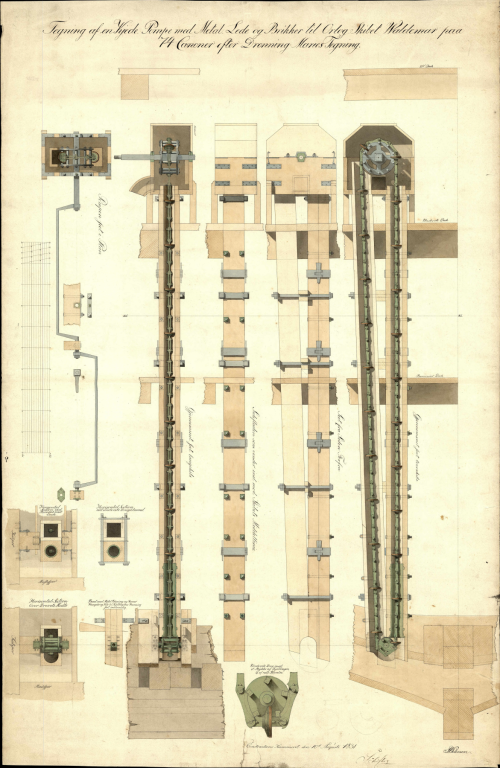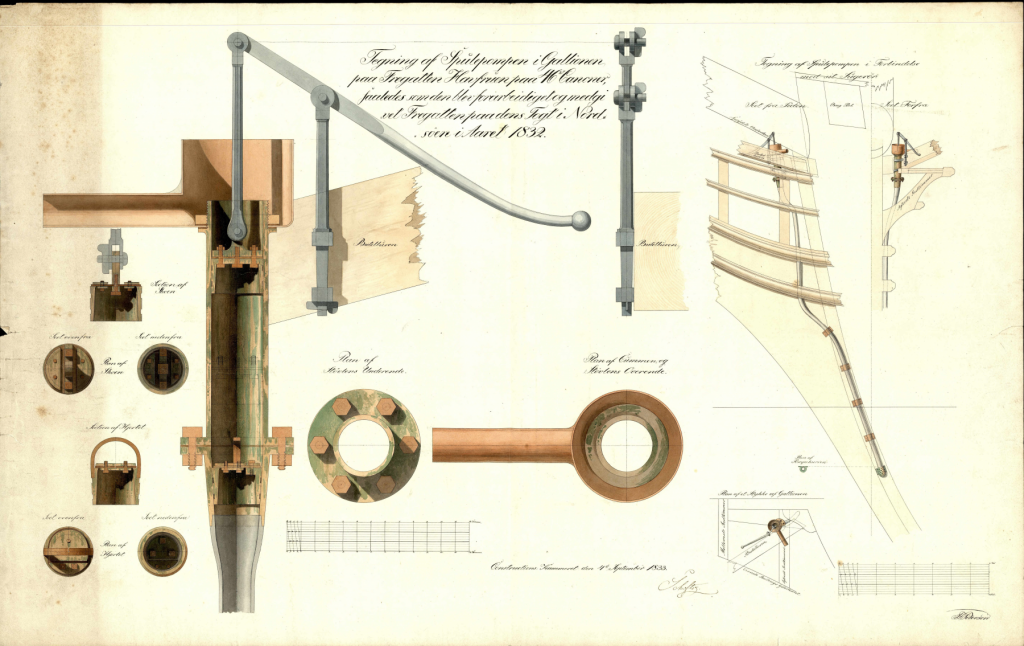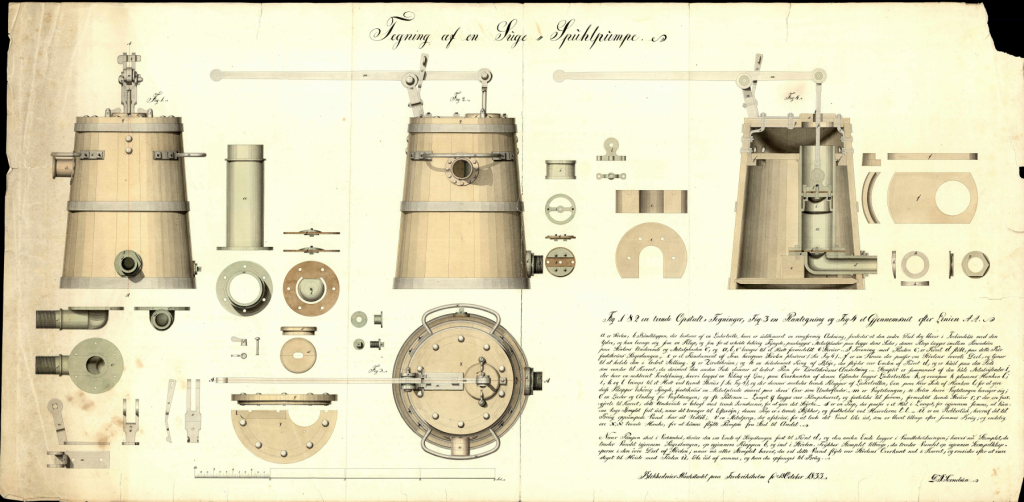-
Posts
3,044 -
Joined
-
Last visited
Content Type
Profiles
Forums
Gallery
Events
Everything posted by bruce d
-

UK - wipe-on-poly brand?
bruce d replied to bruce d's topic in Painting, finishing and weathering products and techniques
I have a couple of lathe chucks sitting in the conservatory. They are too hot to pick up. -

UK - wipe-on-poly brand?
bruce d replied to bruce d's topic in Painting, finishing and weathering products and techniques
Keith, thanks, that makes it straightforward (I like straightforward). I am very impressed with the looks of your Germania and will experiment with the home-brew wipe-on-poly on the different woods I am accumulating for my build. My garage/workshop is very poorly sheltered from the Sussex elements and I intend to get this round of experiments over quickly now the weather has turned nice. Bruce -
Hello Maury, They do different jobs. The s/c will hold the workpiece on the centre-line axis of the lathe providing the workpiece is round or the number of sides is divisible by the number of jaws (usually three but there are s/c chucks with four or six jaws for specialist purposes, such as this one). An independent four-jaw can do the same trick with odd shaped pieces. The independent requires each of the four jaws to be set to achieve the correct position, and the operator must have the ability to establish when a piece is centred correctly. The s/c is the same every time so you just put the workpiece in and tighten it down: it is centred (within it's limits of accuracy). If possible, get both. Setting the four-jaw chuck gets easier with practice and it enables you to get more creative with the lathe/milling machine. The three-jaw is the 'go to' for most fabrication. If, for example, you intend to make a working steam engine from castings you will need both: if turning cannons, the three-jaw is all that is needed. By the way, simple dividing can be done using either without extra attachments. HTH Bruce
-
This was the arrangement for launch, not found anything yet for drydock.
-
It has been a while since I studied the battle, but I came to the conclusion Victorian-trained Beatty did not grasp the needs of modern gunnery. He ordered an alteration of course as the two fleets at Jutland approached while his gunnery officers were half-way through calculating their firing solutions: the need to recalculate delayed the British opening salvoes. Nobody at the time could chastise the victorious admiral but it damaged his perception among the more technically minded younger officers.
-
-
Hello Kevin, I saw this and thought it might cast some light on your subject: It is 'Shipbuilding on the Thames at Redriff' in the NMM, object ID = BHC1868, dated 1792 The description is " A scene on south bank of the Thames at Rotherhithe, looking east to the tower of St Anne's church, Limehouse. Two ships are shown on the right, viewed from the starboard quarter and flying the red ensign. Both are, by type, merchant vessels but that on the left, on the stocks just prior to launching, appears to be a naval transport flying a naval pennant from her central flagstaff and a white St George's jack. The other is refitting in a dry-dock. Piles of timber are stacked on the wharf between these two with a Dutch flag prominent on a quayside hoist. A ship on the far right is shown on the water, apparently with her rig struck down to her lower masts. On the left of the vessel ready for launch stands another under construction on the same slipway and in-frame up to her top-timbers. In the right background, in starboard broadside view, is another merchant vessel with only her lower masts standing, probably at the inland end of a dock or basin, voiding to the Thames out of sight on the left. Houses lie beyond and on the left of the skeletal ship is a low building with a red roof and a pile of timber in front of it. Men can be seen on ladders working with the timber. Two merchant ships are moored off the point, in stern view, with the masts of a third visible beyond. Others lie in the river on the left, where a cutter is also tacking upstream in the distance. In the foreground on the right a couple sit in a Thames skiff being used as a water taxi. In the centre a Dutch trading dogger is coming upstream, her starboard leeboard visible, and the male passenger in the skiff gestures towards her while his oarsman turns his head to look out for her. Although similar craft often appear in Dutch paintings, its presence combined with the Dutch flag on the quay indicates that the artist had intentionally established a strong Dutch connection. It is possible that the picture, painted in 1792, marks a contemporary event of Dutch or Anglo/Dutch significance such as the 100th anniversary of the Anglo-Dutch defeat of the French at the Battle of La Hogue in 1692. The prominence of the man gesturing in the skiff may indicate that he has a commercial interest in the scene. The shipyard shown was previously thought to be Quallet's at Pitcher's Point. However, this had gone by 1792 and Richard Horwood's map of that year suggests that it is more likely to be Young's yard with the 'inland' vessel beyond also be in Young's other dock further round the point, though topography has been distorted to fit it in. The Dutch elements may be a compliment to Peter Everitt Mestaer, whose yard was to the right (west) of Young's, where the moored ship is alongside, and whose name suggests Dutch background. If this interpretation is right the buildings and stacked timber are likely to be those of Thompson's yard beyond Young's. In the early 18th century ribbon development along the Thames linked Deptford to Rotherhithe and London. Daniel Defoe commented in 1724 that 'the docks and building yards on the riverside between the town of Deptford and the street of Redriff or Rotherhithe are effectually joined and building daily increased'. Despite this evidence the painting is curiously emptied of bustle and human activity. Whitcombe was born in London in about 1752 and painted ship portraits, battle scenes, harbour views and ships in storms. Although his output was vast, little is known about him. He produced a large number of subjects from the French Revolutionary and Napoleonic Wars, 1793-1815, and exhibited at the Royal Academy between 1783 and 1824. His depiction of ships implies specific knowledge of life at sea, although he probably spent most of his career in London. Many of his works were engraved and they included 50 plates to James Jenkins's account of 'The Naval Achievements of Great Britain', published in 1817. The painting is signed and dated in the lower left corner, 'Thos. Whitcombe 1792'. " Every little bit helps. Bruce
-
Hello Stickyfinger, Welcome to MSW. As a relative newcomer myself I can say you have come to a good place for support and information. Regards, Bruce
-
Ouch. I will see what happens when I crank up the bandsaw in anger next week. The fact that I am looking for planks 3 to 10mm wide from the holly, not an entire leaf of veneer, will hopefully let me get a usable result. The variables of blade properties still trouble me but I suppose I should wait for the first cuts instead of trying to solve all mysteries in advance. Thanks, Bruce
-
Bob, many thanks. I have recieved contradictory advice on what blade to use so if I can ask one more question: narrow or wide, maximum teeth or ????.... The goal is to produce thin strips, 6 to 10 thou thick, from holly and fruit woods. There are other pieces in other woods as well but I suspect these thin pieces will reveal my ignorance. I have previously only used a largefr bandsaw to cut metal and it didn't take long for me to realise that a small saw for wood ain't the same. Any pointers welcome. Thanks, Bruce EDIT: by the time I posted this you had posted the video, thanks, I will watch it now!
-
Bob, Many thanks. I take it the same basic idea works for producing thin strips on a small bandsaw? I am about to make my first attempt. Bruce
-
Thanks for the comments. I have always believed it is Beagle although the picture does not carry any notation. Also, I am grateful for the comments on her rig as I am far from competent to speak on the subject (but had hoped it was 'barque'). Her flags make the numeric '638' or '631': does this mean something I should know about Beagle? Now to tackle the foxing... Thanks again, Bruce
-
Can anyone shed light on the identity of this ship? I have no reliable information to share, so am starting from scratch. Thanks, Bruce
-
Hello Jaager, Thanks, humidity and mould with holly is also a problem here although I have heard from someone who knows about tonewoods that for some reason holly is slightly less problematic here than in North America. There are contradictory accounts of the best way to handle the holly once it is cut but all seem to agree that speed is important. All my holly was cut from my own garden, and the oldest (and largest) pieces are from the winter of 2013. I don't have kiln facilities and I did not know at the time about the need for quickly sealing the ends, but to my surprise the wood seems to have survived in good shape. I will post after the experiments, and I predict it will be 'boast or toast': don't see any middle ground.
-
When I was a youngster (and dinosaurs roamed the earth...) I saved up for one of these ... ... and learned that I could do anything with it. Later, when I became engrossed in modelmaking, including in my working life, I got other airbrushes. There were Badgers, Iwatas and other great tools, most of which I still have. Now that I have returned to modelling as a hobby I have dusted them off. Why am I telling you this? Because for decades I defaulted to the basic Humbrol unless I had a particular reason for using one of the 'better' airbrushes. I learned, because I had to, how to do soft edges, large areas, small mottles, fine lines and just about anything with the cheap and cheerful basic Humbrol before I could afford/justify the bigger toys, and when I eventually my time with got those nice tools I used what I had learned from the basic tool. Not telling you how to do it, just how I did it. And by the way, I like your cannon.
-
Model engineers who make steam locos and boats face this issue and in the UK these people ... https://www.tracytools.com/taps-and-dies ... are among the best suppliers of left hand threads from stock. I had a quick look at their online shop and found 10BA threads (1.7mm diameter, .35 pitch). I have found them very helpful in the past and they may have access to other small sizes beyond those in their catalogue. HTH Bruce
-
Not bad luck: bad practice. The tradition of prioritising maximum rate of fire meant that procedures of shutting and opening hatches and lifts between turrets and magazines were over-ruled. Gunnery officers were ordered to keep the shells and charges coming and they could, IIRC, nearly treble the rate of fire if they took the gamble.
About us
Modelshipworld - Advancing Ship Modeling through Research
SSL Secured
Your security is important for us so this Website is SSL-Secured
NRG Mailing Address
Nautical Research Guild
237 South Lincoln Street
Westmont IL, 60559-1917
Model Ship World ® and the MSW logo are Registered Trademarks, and belong to the Nautical Research Guild (United States Patent and Trademark Office: No. 6,929,264 & No. 6,929,274, registered Dec. 20, 2022)
Helpful Links
About the NRG
If you enjoy building ship models that are historically accurate as well as beautiful, then The Nautical Research Guild (NRG) is just right for you.
The Guild is a non-profit educational organization whose mission is to “Advance Ship Modeling Through Research”. We provide support to our members in their efforts to raise the quality of their model ships.
The Nautical Research Guild has published our world-renowned quarterly magazine, The Nautical Research Journal, since 1955. The pages of the Journal are full of articles by accomplished ship modelers who show you how they create those exquisite details on their models, and by maritime historians who show you the correct details to build. The Journal is available in both print and digital editions. Go to the NRG web site (www.thenrg.org) to download a complimentary digital copy of the Journal. The NRG also publishes plan sets, books and compilations of back issues of the Journal and the former Ships in Scale and Model Ship Builder magazines.


